
by Stephanie Rabinowotz | Oct 12, 2015 | Measuring Results
With the Chicago Cubs and the St. Louis Cardinals playing in Game 3 of the MLB playoffs tonight, fans are eager to see who breaks the 1:1 tied score. Whoever wins tonight’s game will be one step closer to playing in the 2015 World Series. With this kind of pressure how do coaches and managers decide line ups and game time decisions?
Will Matheny and Maddon be using Big Data tonight?
Big Data has been slowly infiltrating the MLB world and is now a heavily relied upon tool for strategic decisions. Systems such as Hitf/x, Fieldf/x, and Pitchf/x capture data from hitters, fielders and pitchers and relay it to the coaches and managers in real time. This allows coaches to not only see the outcome of plays but to get a better idea of what may happen before the play is even done.
The Pitchf/x system records 20 different measurements of every pitch including the angle of the pitchers arm, the speed, location and three dimensional movement of the ball. These types of measurements are what allow the broadcasters to display the strike box in the corner of your screen, showing you real time reports of where pitches were thrown.
Big Data and statistics are not limited to just off season training, but actually being used during the games. Because of these new programs MLB teams can study pitcher/hitter relationships and strategically set their line up and shift their fielders accordingly. The data that is collected and analyzed is also what influences which signals coaches give their hitters.
Thanks to Big Data, managers can more strategically coach players and make better informed trades with more accurate stats, saving time and money. Big Data has also helped capture more fans with better screen graphics, teaching fans about the underlying strategies within baseball.
No matter who wins tonight it is safe to say both teams will be implementing Big Data into their game plan. Hopefully Big Data will continue to grow in the MLB as it has with the NFL.
To learn more about how Big Data is used in the NFL check out this article!
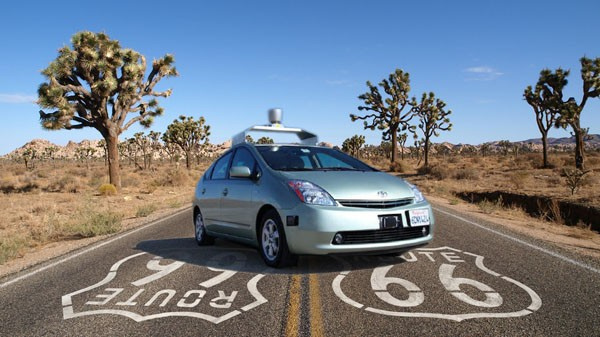
by Stephanie Rabinowotz | Oct 9, 2015 | Internet of Things
Imagine you are driving along your morning commute, there is slight traffic, but it is still moving at a decent pace. SUDDENLY the car in front of you comes to a complete stop causing you to skid into the back of their car! You get out of your car to exchange some not so nice words with the driver who decided to slam on their breaks causing you two to collide, but wait… there is no one in the car.
Driverless Cars.
Yep, its a thing.
Large companies such as Google have been developing driverless cars for years and they are now making an appearance on our neighborhood roads. I must admit it is quite amazing that a driverless car is even possible, but is it safe? Not only would passengers be putting their lives in the hands of a computer, but can a computer really drive a car as well as a human can? You may be laughing right now as I am sure we all know some pretty terrible drivers. The difference is that humans have instincts and can react in various levels rather than simply on/off or go/stop.
When a computer reacts to a possible threat it simply stops, there is no hovering over the break or easing, it is a complete halt. This is where we are finding issues with self-driving cars trying to drive alongside humans. Driverless cars are too cautious and need to drive more like humans do. Even if a driverless car is an excellent driver, it can still be at fault for a crash, but who determines this?
As a computer based system driverless cars are producing a ton of data, but who is collecting this data. If someone gets into an accident with a driverless car, who determines fault? I think this is where we can produce a whole new line of jobs- driverless car data scientists. There needs to be a team of people who receive the data produced from driverless cars and store it. This way when there is an accident the driverless car data scientists can quickly collect the data and determine if the fault was of the computer or the human.
If self-driving cars are going to continue to make an appearance on our roads, a team of data scientists the monitor their actions is definite necessity. What do you think? Do you think it is safe to have driverless cars alongside human drivers? Would you ride in a car that was being driven by a computer? Let us know what you think!
Check out how Data Scientists collect mass amounts of data and turn it into understandable information.
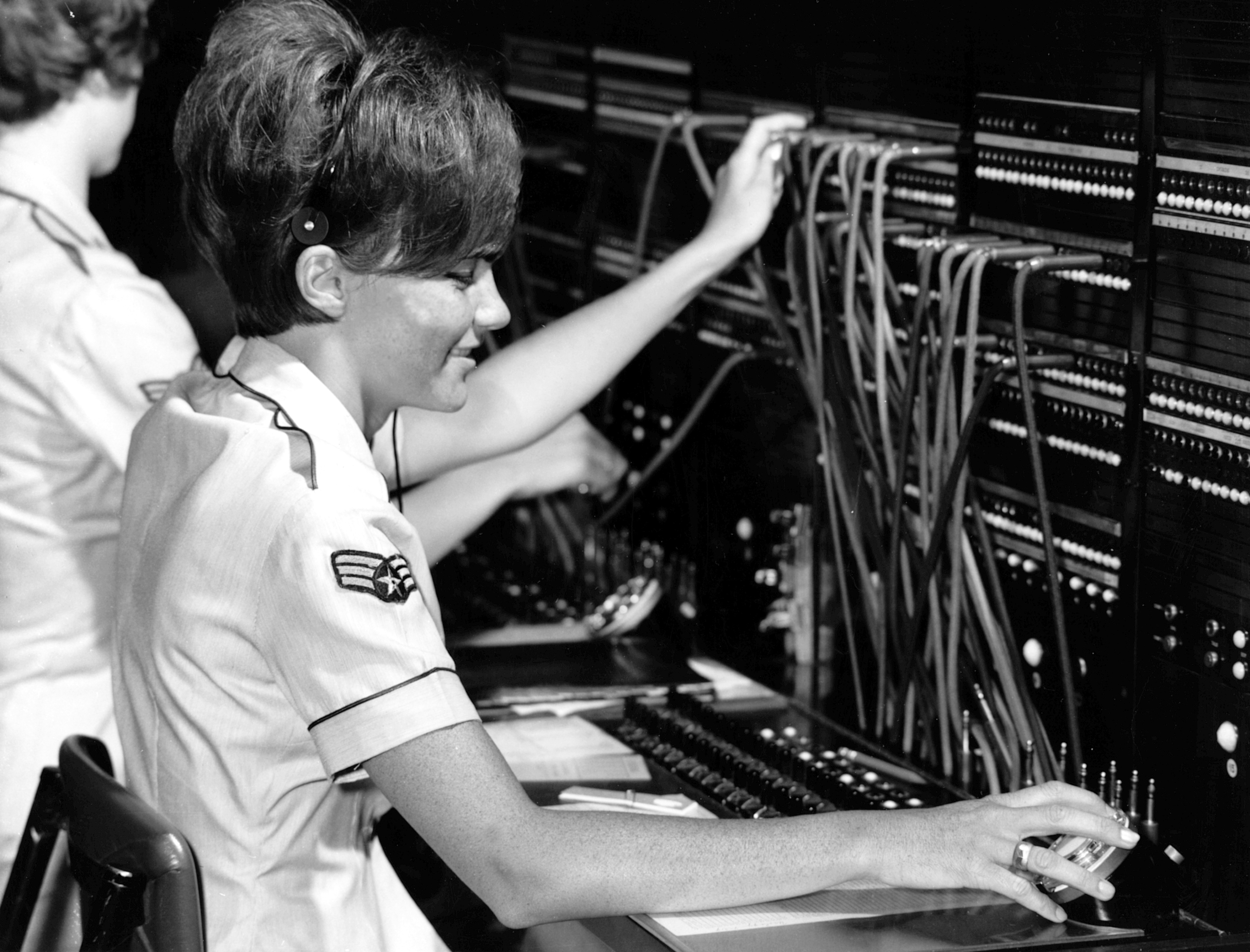
by Stephanie Rabinowotz | Oct 7, 2015 | Customer Satisfaction
Trying to operate in today’s world without utilizing optimization tools such as Big Data is like trying to drive a car with a flat tire. Although Big Data is not the answer to all of life’s problems, it is an incredible resource used to enable companies to perform with the utmost efficiency.
Zendesk, a software company that controls customer service calls and websites has learned how to utilize big data to perform where human intuition lacks. Customer service calls are usually unpleasant, for both the customer and the service specialist. Often times customers become very upset with the service specialist ( even though the service specialist usually has no control over the issue) leading the service specialist to drown out the yelling. The other issue is that not all angry customers yell, some can be very call and then turn around and write a horrible review about the company’s service.
With Social Media’s strong influence, a few negative tweets or posts can be devastating to a company’s reputation.
Zendesk’s hope is that their Big Data software will be able to pick out trigger words that have often been correlated with “dangerous” customers. If service specialists are given this information about unusually angry customer, they can make that customer a priority and hopefully solve any issues.
Some may think that it is a bit excessive to use a computer to determine if someone is upset, but sometimes emotions can be lost in translation. Customer service is not something that a machine can do , but when a customer service specialists uses Big Data as a tool for catching an emotions they may have missed, there is a good chance we can make the customer service experience much more enjoyable.
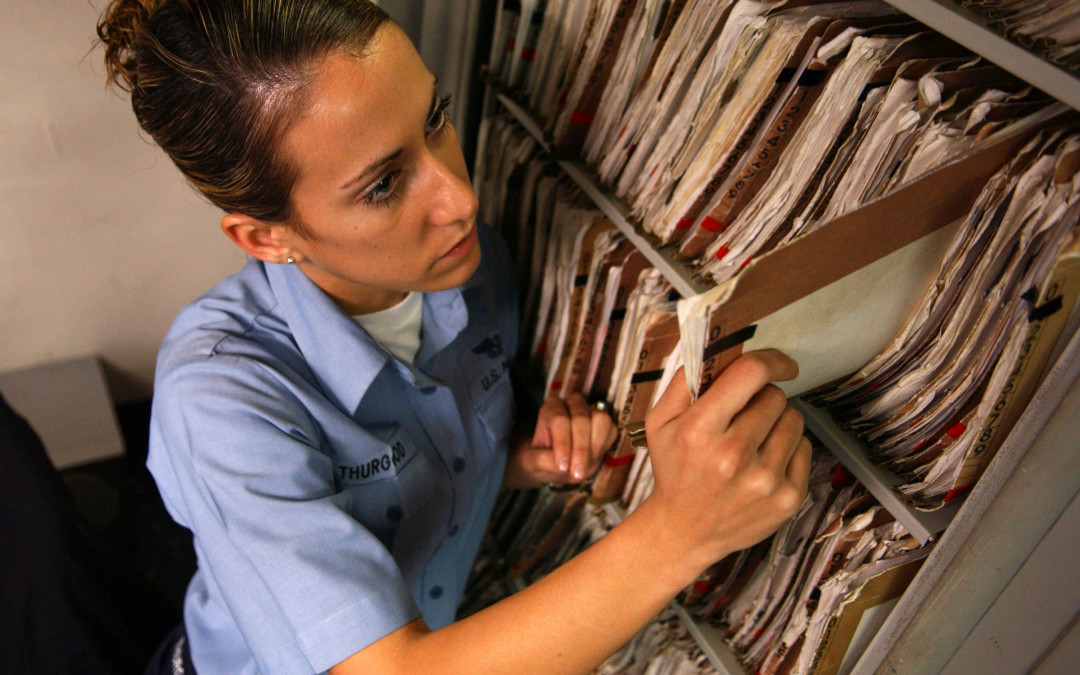
by Stephanie Rabinowotz | Oct 5, 2015 | Customer Satisfaction
In the medical field, time can be crucial. Think about an emergency room, doctors don’t have time to open up a book or research a patient’s symptoms when they are bleeding out on the table. A doctor must make a quick decision based on the information at hand. What if our doctors had quicker access to information? Information that is up to date and accumulated from other cases all over the world? Could we potentially save more lives if Big Data could provide doctors with the information needed to make faster, more accurate decisions?
Yes.
This is already happening as companies such as Cerner have taken their expertise in healthcare IT and combined it with the power of Big Data. Cerner and Cloudera have created a platform in which healthcare records and patient information can be collected and standardized. The more information we can gather and make sense of, the better we can understand symptoms and prescribe treatments. This tool can be used by doctors to quickly diagnose symptoms such as a blood disease and treat it accordingly rather than have to run multiple tests to reach the same answer. If our doctors can diagnose patients with less tests, the cost of a hospital visit will decrease dramatically.
Not only is the use of Big Data in healthcare records saving lives but it also has the capability of saving patients a lot of money. To learn more about how the healthcare system is utilizing Big Data CLICK HERE!

by Stephanie Rabinowotz | Oct 2, 2015 | Business Optimization
Big Data sounds great in theory, but do you have good or bad data? You may be wondering, ” you keep saying data is information and the more the better!”. Well that only applies if you are receiving good information. How do you find good information?
Data Analytics.
Think of it like a garage sale, usually a garage sale consists of large piles of junk that nobody wants anymore. If you bought the whole sale you would have a lot more stuff, but is any of it valuable? That is where the analytics comes it, if you know how to search through the junk to find that one antique that is going to make you a fortune, then it is all worth it! That antique is our good data!
But what if I don’t posses that unique skill of finding the antique in a pile of junk? That is where data analysts come in. You must make sure you hire a team that understand both data and analytics because one without the other is going to get you a lot of junk. Hire the treasure hunters, they are worth it.
Don’t be the company wasting all of your money on crappy garage sales, make sure you use your money to find the gold that is going to make you more money!







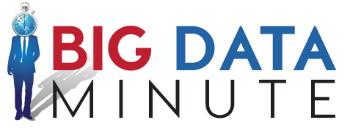
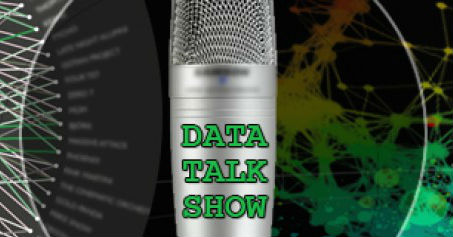


Recent Comments